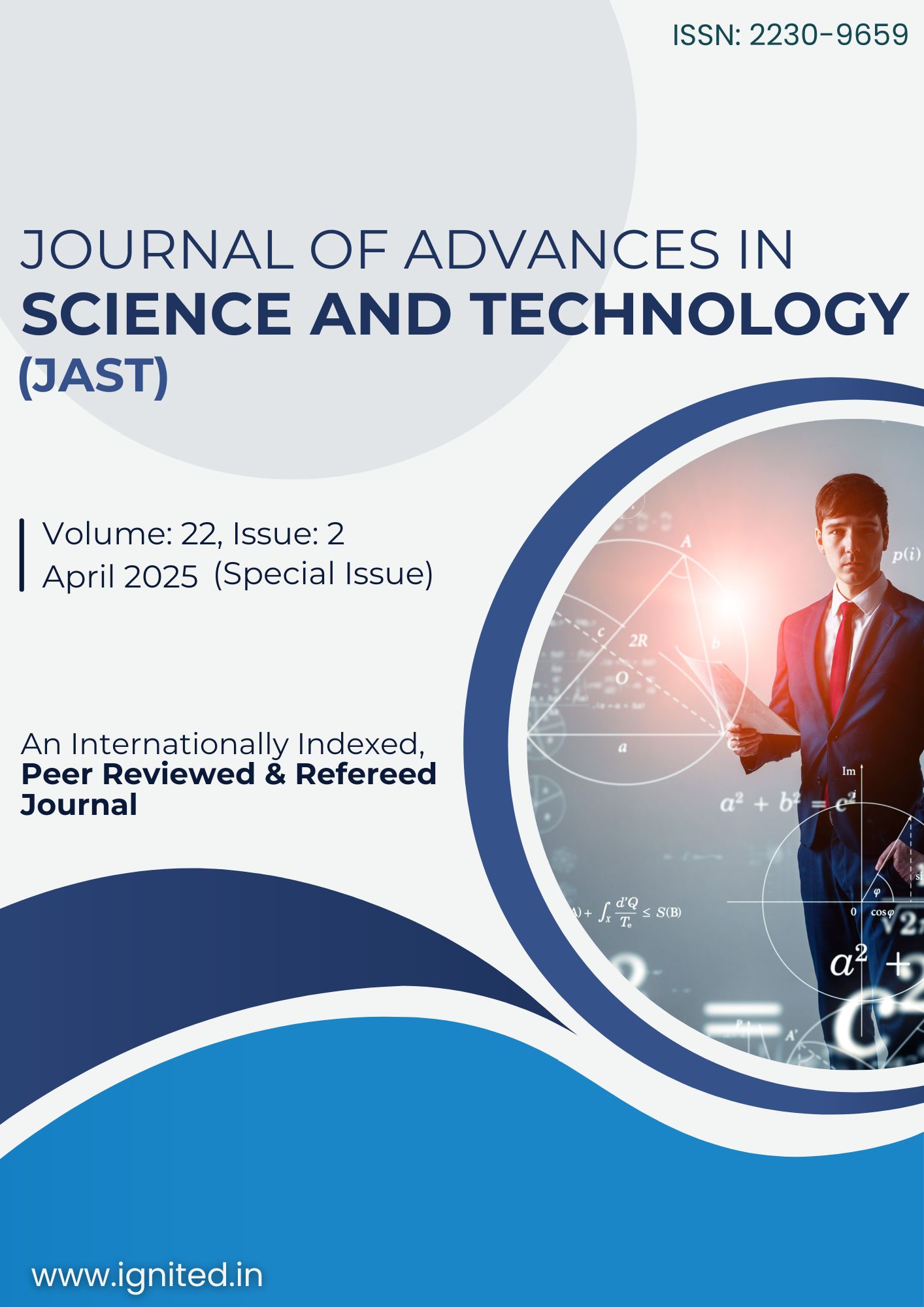Implementation of an Integrated Operational Excellence and Industry 4.0 Framework to Improve Manufacturing Performance: A Case Study Approach
Main Article Content
Authors
Abstract
The increasing complexity and competitiveness of the Indian manufacturing sector particularly the automotive components industry demands a strategic convergence of process excellence, sustainability, and digital transformation. This research proposes and implements an integrated framework combining Lean, Six Sigma, and Green Manufacturing concepts with Industry 4.0 technologies, including the Internet of Things (IoT) and Artificial Neural Networks (ANN) to address persistent operational inefficiencies. A real-time case study was conducted on a Vertical Machining Centre (BFW Chandra+) to validate the framework using the Define, Measure, Analyze, Improve, Control (DMAIC) approach. Statistical analysis, ANN-based predictive modeling, and IoT-enabled condition monitoring were employed to identify and mitigate the root causes of frequent breakdowns, high rework rates, and poor utilization. The implementation led to a 42.1% reduction in downtime, 44% reduction in quality rework, and significant improvements in machine utilization and energy efficiency. The results confirm that the integrated framework not only enhances productivity and quality but also contributes to environmental sustainability. This research contributes to the growing body of literature on smart manufacturing by offering a scalable, evidence-based roadmap for Indian SMEs pursuing operational excellence in the digital era.
Downloads
Article Details
Section
References
- Carla, Mats, Peter, Anna, Martin, & Sultan. (2021). Digital organisational readiness: experiences from manufacturing companies. https://www.emerald.com/insight/content/doi/10.1108/JMTM-05-2019-0188/full/html
- Fazleena. (2018). Metrics-based approach to evaluate sustainable manufacturing performance at the production line and plant levels. https://www.sciencedirect.com/science/article/pii/S0959652618312769
- Francisco, Kira, & Dawn. (2018). Real-time manufacturing machine and system performance monitoring using internet of things. https://ieeexplore.ieee.org/abstract/document/8283835/
- Geeta., Six, & Industry. (n.d.). Lean, Six Sigma, and Industry 4.0 technologies connection and inclusion. https://www.taylorfrancis.com/chapters/edit/10.1201/9781003381600-5/lean-six-sigma-industry-4-0-technologies-connection-inclusion-geeta-sachdeva
- Ghosalkar. (2022). Establishing A Systematic Outline for Operational Excellence Model and Proposing a Comprehensive Model. https://trace.tennessee.edu/utk_gradthes/6471/
- Michael, & Frederick. (2011). Exploratory regression analysis: A tool for selecting models and determining predictor importance. https://link.springer.com/article/10.3758/s13428-010-0046-8
- Morteza, & Mona. (2010). An integrated artificial neural network algorithm for performance assessment and optimization of decision making units. https://www.sciencedirect.com/science/article/pii/S0957417410000801
- Rajeev, & Santosh. (2024). Technological integration of lean manufacturing with industry 4.0 toward lean automation: insights from the systematic review and further research directions. https://www.emerald.com/insight/content/doi/10.1108/BIJ-05-2023-0316/full/html
- Robert. (2019). Practices for designing cross-functional teams for integrated project delivery. https://ascelibrary.org/doi/abs/10.1061/(ASCE)CO.1943-7862.0001605

